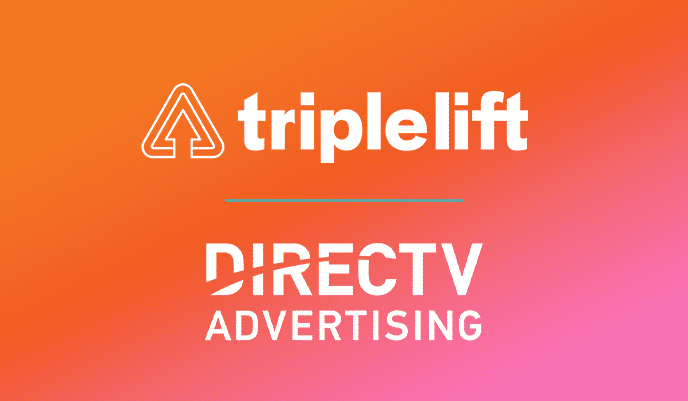This article was originally featured in Adweek.
__
Television is arguably the greatest ad vehicle ever invented. There is tremendous excitement in advertising to treat it like digital media, with all its amazing tech, data and precision.
I worry this excitement is causing too many of us to miss a critical point, though. The shift from linear TV to streaming is nothing short of revolutionary, and the advertising that supports this content warrants a revolution of its own.
That revolution won’t happen by simply making TV ads more targeted or addressable. As TV goes over the top, it’s time to rethink the basics of TV advertising: how and when ads get delivered and how much control users have over that experience. Postponing this conversation means that by the time the industry gets targeted TV advertising sorted out, there won’t be enough people left watching commercial television.
Think for a moment about how much time you spend streaming these days versus watching live TV. What about your kids? It’s become standard for multiple generations to watch television with a minimal amount of traditional ad spots.
Nearly every major Netflix or Amazon original series features an abundance of product placements and brand integrations. Consumers don’t object to them because they don’t look and feel like ads, at least not in the way most people think of traditional TV ads. This is a win for brands that get to connect with non-traditional audiences. And yet, Netflix never misses a chance to talk about the fact that we’ll never see ads on the service. That’s because the company understands that our collective tolerance for interruptive TV advertising is waning. But by and large, the advertising industry continues to ignore this reality.
OTT advertising requires an entirely new ad approach. Here are five ways that revolution can play out.
Ads will use lifetime value to measure success
There is an intuition in entertainment that listening to the consumer is the winning business model. Many companies speculate that fewer, better ads that put the consumer first lead to more completed streams, higher pricing and greater revenues. Some have proven it. The best manifestation of this is finding an optimal mix of ads, which may differ by viewer, content and ad experience, taking into account the lifetime value of a viewer over months or years to refine what that optimal mix should be.
Ads will get closer to the content experience
We’ve already seen this as more brands ink product placement deals with ad-free streaming services. Netflix brought in an estimated $15 million in product placement alone for Stranger Things Season 3, including a high-profile deal with Coca-Cola. Placement deals are gaining momentum as more consumers cut the cord.
We’ll have to find new creative ways to share the screen
If you’ve watched broadcasts of Premier League soccer and PGA tournaments, you’ve experienced promotions that creatively share the screen and complement the content, often during team huddles or when a manager makes a visit to the mound. Expect more experimentation like this.
The industry will have to finally marry content and commerce
In the 1990s, there was an oft-repeated promise at advertising conferences that you’d soon be able to “buy Ross’ shirt” on Friends. The industry has been talking about this prospect for decades, but neither technology nor consumers were ready for that. The current generation of viewers, however, expects their content to be active and participatory, and they have the payment mechanisms built into their phones and TVs to facilitate quick purchases. It’s time to develop creative ways to blend streaming and shopping, which may start at the series conception stage.
Brands may unlock shows
There’s an overwhelming amount of amazing content available right now and a myriad number of streaming options. Let’s say you’re not sure you want to commit to paying for CBS Access, for example. Maybe a brand like GM could enable you to watch an episode or a season of the new Star Trek series in exchange for viewing ads or sharing some basic information? Brands serving as gatekeepers to new content may give them a better path to earning attention from their target audiences.
While we don’t know the full potential of OTT advertising, we’re starting to see creative experimentation across the industry, like new ads that display on Hulu and AT&T that appear when a viewer pauses a series. And we’ll continue to see more. One thing we do know is that the answers to TV’s ad future surely won’t be found in the past. Addressable TV is great, but it won’t be enough if we don’t recognize that everything about TV is changing and that our ads need to keep pace.






